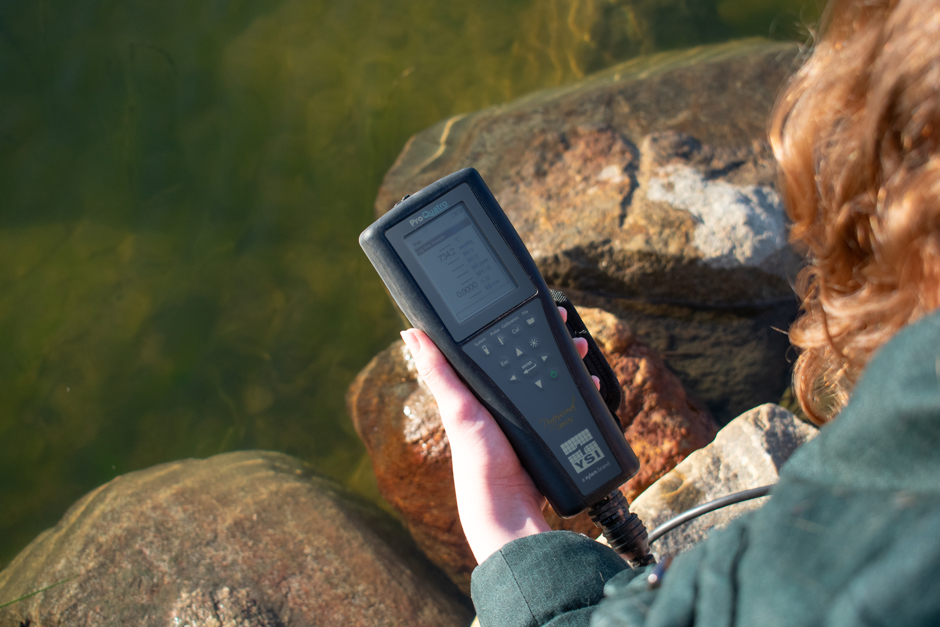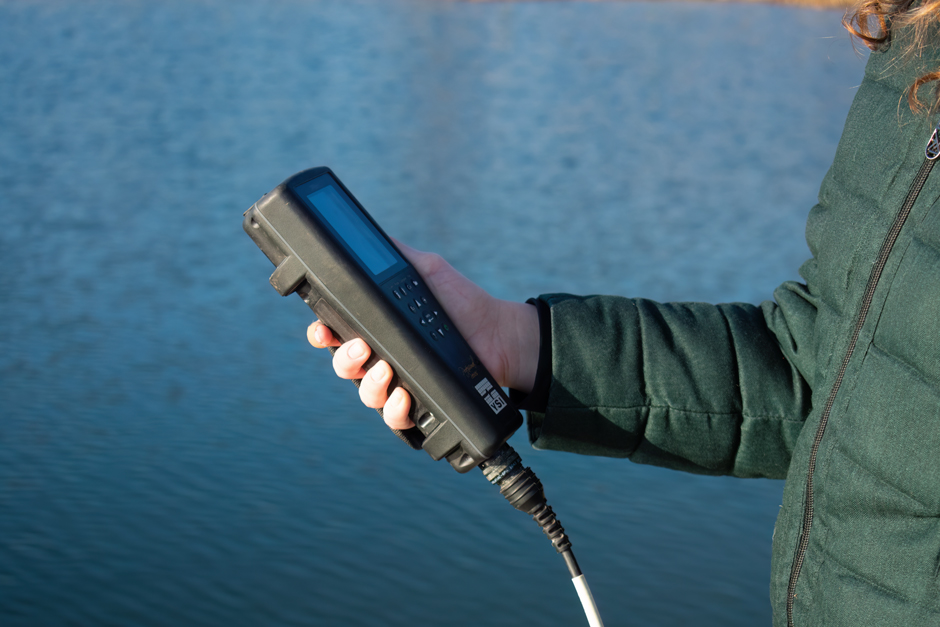YSI ProQuatro Multi-Parameter Water Quality Meter Review
When environmental professionals need a reliable multi-parameter meter with measurement flexibility, the YSI ProQuatro is an affordable option. The YSI meter measures a combination of water temperature, conductivity, pH, ORP, ammonium, nitrate and chloride.

The YSI ProQuatro in use at the Fondriest Center for Environmental Studies. (Credit: Emma Jones / Fondriest Environmental)
Sensors plug into a 4-port bulkhead with an included temperature/conductivity probe. Dissolved oxygen sensors, pH and/or ORP sensors are often selected for the other ports. Alternatively, the ion selective electrodes (ISE’s) ammonium, nitrate and chloride can be installed, though these are less common as frequent calibration is required.
Unlike many new multi-parameter instruments, the dissolved oxygen sensors are traditional membrane covered electrodes with options for either polarographic or galvanic technologies rather than the more expensive optical sensors. These sensors require regular reconditioning and membrane changes.
The meter automatically calculates specific conductance, salinity, resistivity, total dissolved solids (TDS) and compensates dissolved oxygen measurements for barometric pressure, temperature and salinity.
Cable lengths are available in 1-, 4-, 10-, 20-, and 30-meters and are easy to swap with a military-spec connector at the meter.
The ProQuatro is built for fieldwork with an impact-resistant, IP-67 rated waterproof case that is drop-tested at 1 meter and floats in water. A scratch-resistant lens and high contrast LCD display is viewable in lowlight and sunlight conditions and even with polarized glasses.

(Credit: Emma Jones / Fondriest Environmental)
While designed for tough field conditions, the meter can be used in the lab. An optional biochemical oxygen demand (BOD), self-stirring probe is based on USEPA-approved methods. The pH and ISE sensors are other lab favorites.
The ProQuatro includes a 5,000 data set memory and options for interval or single-event logging. Data is transferred with the included USB cable. The meter is backed with a 3-year instrument warranty and a 2-year cable warranty.
The YSI ProQuatro is an economical solution for multi-parameter water quality sampling applications, both in the field and in the lab.




0 comments